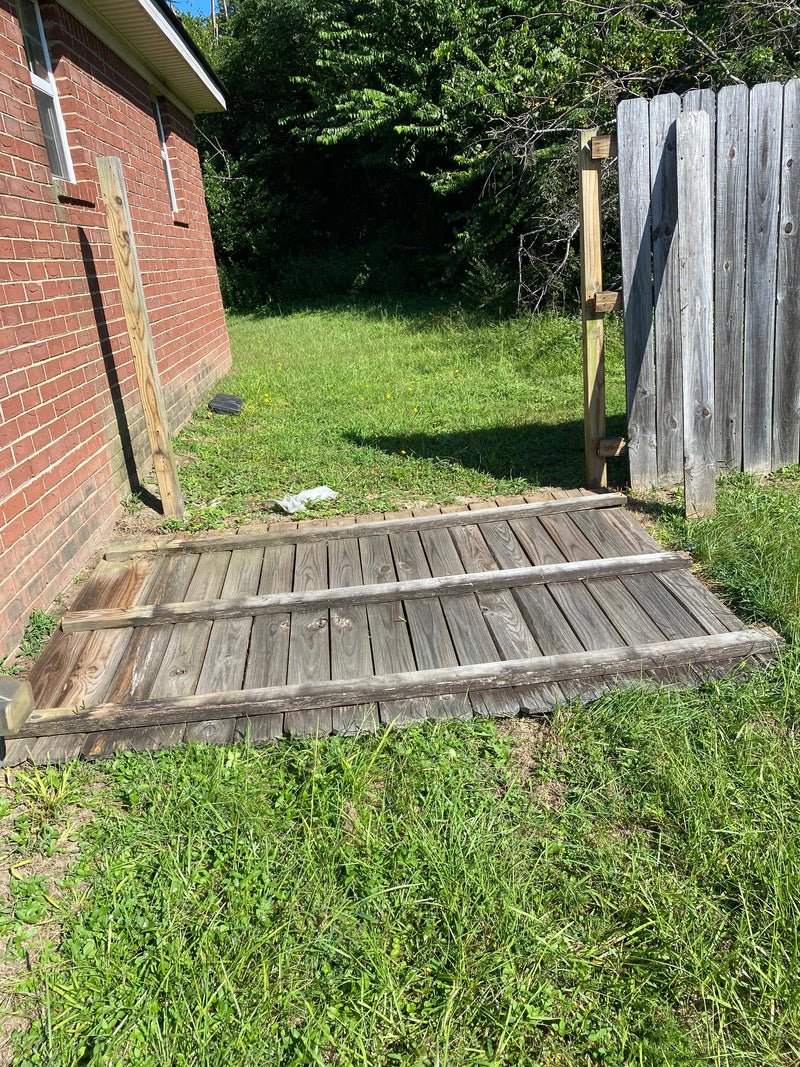A broken screen door isn’t just an eyesore—it’s a functional issue that can let in bugs, humidity, and unwanted drafts. Whether it’s warped, torn, or just won’t close properly anymore, replacing a screen door is a relatively straightforward job that most homeowners can handle with a few tools and a little patience.
Here’s a step-by-step guide on how to replace a broken screen door the right way.
Tools and Materials Needed
-
Replacement screen door (pre-hung or slab)
-
Power drill and bits
-
Phillips screwdriver
-
Measuring tape
-
Level
-
Utility knife
-
Wood shims (optional)
-
Screws (usually included with the door)
-
Pencil or marker
Step 1: Measure the Door Opening
Start by measuring the width and height of your existing door opening. Standard screen doors are typically 36" x 80", but many older or custom homes may differ slightly. Measure the width at the top, middle, and bottom of the frame, and go with the smallest number if there’s any variation. Do the same vertically.
Bring these measurements with you when purchasing a new screen door. Most home improvement stores will have a few size options, including adjustable or trimmable doors.
Step 2: Remove the Old Screen Door
Use a drill or screwdriver to remove the existing screen door from the hinges. If the door has been painted over, carefully score the edges with a utility knife to avoid damaging the trim or siding.
Once the door is off, inspect the jamb and frame for any rot, damage, or misalignment. If necessary, repair or reinforce the frame before proceeding.
Step 3: Dry Fit the New Door
Before installing anything, place the new door into the opening to check for fit. Use wood shims if needed to center the door and check for level and plumb on all sides. The door should sit evenly without dragging or large gaps.
Step 4: Install the Hinges
Mark where the new hinges will go. If the new door uses the same hinge layout as the old one, you may be able to reuse existing holes. Otherwise, mark and pre-drill the screw holes to avoid splitting the wood.
Attach the hinges to the door first, then secure them to the door jamb. It’s easiest to start with the top hinge, check the alignment, then install the remaining hinges.
Step 5: Attach Handle, Latch, and Closer
Most screen doors include a handle, latch, and pneumatic closer. Follow the manufacturer’s instructions to install them. Mount the handle at a comfortable height and test the latch to make sure it catches securely. The closer should be mounted according to the template provided and adjusted so the door closes smoothly but doesn’t slam.
Step 6: Final Adjustments
Open and close the door several times to test the swing, latch, and closer. Make any necessary adjustments to the hardware or shimming to improve alignment. If the door rubs or doesn’t close flush, re-check the level and hinge positions.
You can also add a door sweep or weather stripping if needed to block out insects and drafts, especially in humid regions.
Professional Option
If this project seems more frustrating than it’s worth, or if the frame needs repair along with the door, hiring a local handyman may be the smarter route. At Dee Bee Freelancing, screen door replacement is a common service.
Standard install cost ranges from $125 to $180, depending on door type and condition of the existing frame. That includes removal, installation, leveling, hardware setup, and haul-away of the old door.
Service is available throughout the Augusta-CSRA area, including Evans, Grovetown, Hephzibah, North Augusta, and surrounding neighborhoods.
To book service or request a quote, visit:
https://deebeefreelancing.com/pages/services


























!["Afrocentric digital artwork featuring [subject], showcasing rich melanin tones, cultural symbolism, and bold colors. Perfect for modern home decor, Black heritage appreciation, and artistic expression. High-quality print available in multiple sizes."](http://deebeefreelancing.com/cdn/shop/articles/Untitled_design_3.png?v=1740011344&width=800)
